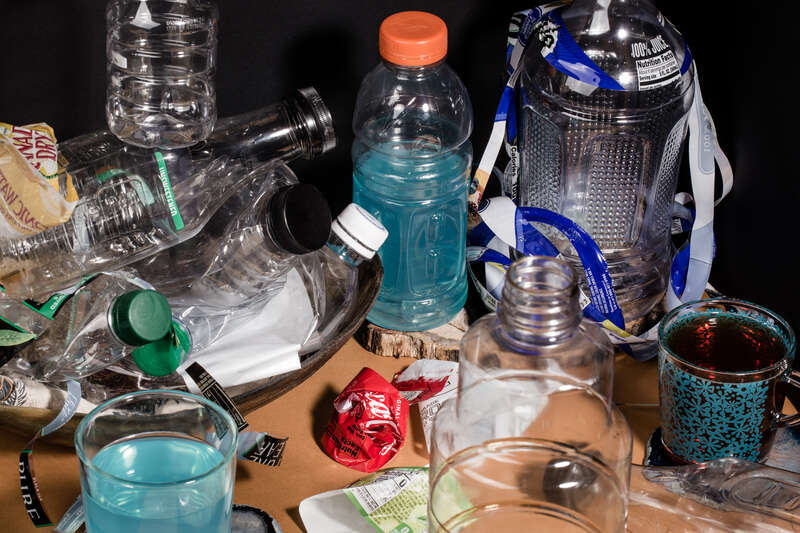Every year, the average American goes through more than 250 pounds of plastic waste, and much of that comes from packaging. So what do we do with it all?
Your recycling bin is part of the solution, but many of us are confused about what we should be putting in there. What’s recyclable in one community could be trash in another.
This interactive explores some of the plastics the recycling system was designed to handle and explains why other plastic packaging shouldn’t go in your recycling bin.
Let’s take a look at some items you might pick up at the grocery store.
































































